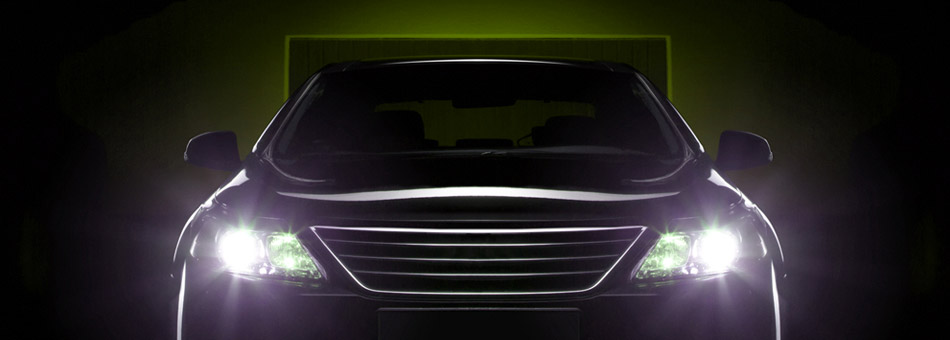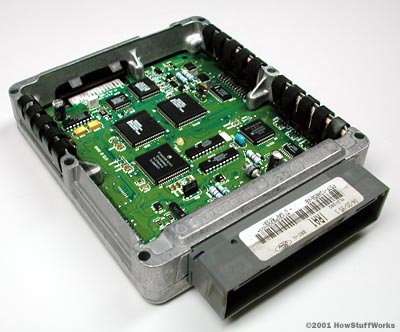Engine Control Unit
One of the most fundamental computerized components in the modern automobile is the Engine Control Unit (or Module). This is often abbreviated as ECU or ECM. This component is critical to the operation and safety of the engine as the name suggests. Controlling a modern engine is no simple task. Unlike the ECM systems of the 1970’s and 1980’s, modern applications are much more expansive than simply controlling fuel injection and emissions. Modern systems control everything from the injection, to the ignition timing and now even transmission operation.
The key to these computerized systems is embedded computers. An embedded computer is a specifically built for controlling or monitoring a system. Examples of embedded chips can be found everywhere. Cellular telephones, digital clocks, robotics, printers, thermo
stats, and essentially anything requiring internal electronics requires a microcontroller at a minimum to operate. Complexity of these computers ranges from that basic microcontroller to advanced circuits involving multiple circuit boards, internet connectivity, and embedded operating systems (i.e. linux).
Operation of more simplistic systems often relies on loops or interrupts to process and execute functions. This is similar to our experience with game loops in CSCI110. The most simple systems use a simple check loop to execute a function if given values are triggered. This can then be improved on by allowing interrupts to supercede executing functions. This allows more important operations to execute and surpass lesser functions. In the context of engine control, this could be compared to allowing a signal indicating a major failure to supercede updating the tachometer.
Applying the operation of embedded circuits to the control of engines allows for better understanding of the intricate system of sensors built into a modern automobile. This dates back to the origins of ECU technology. Oxygen sensors in the engine allow for direct injection to change the fuel-air mixture to enable better performance or to ensure compliance with environmental emissions regulations. These sensors compare oxygen levels in the exhaust to the external environment and give feedback to the ECU. The ECU regulates the fuel mix, and the cycle repeats.
Beyond this most fundamental level of operation, the ECU also relays the status of the engine and its connected components to the driver through the dashboard instruments. Modern ECUs monitor engine revolution speed, engine health, fuel status, oil and coolant temperature, and more. These signals are relayed through the aforementioned loops and interrupts to keep the vehicle’s operator aware of the vehicle’s status. Similarly, the ECU records some of this data for diagnostic purposes which can be accessed through an OBDII port which will be covered later elsewhere.


